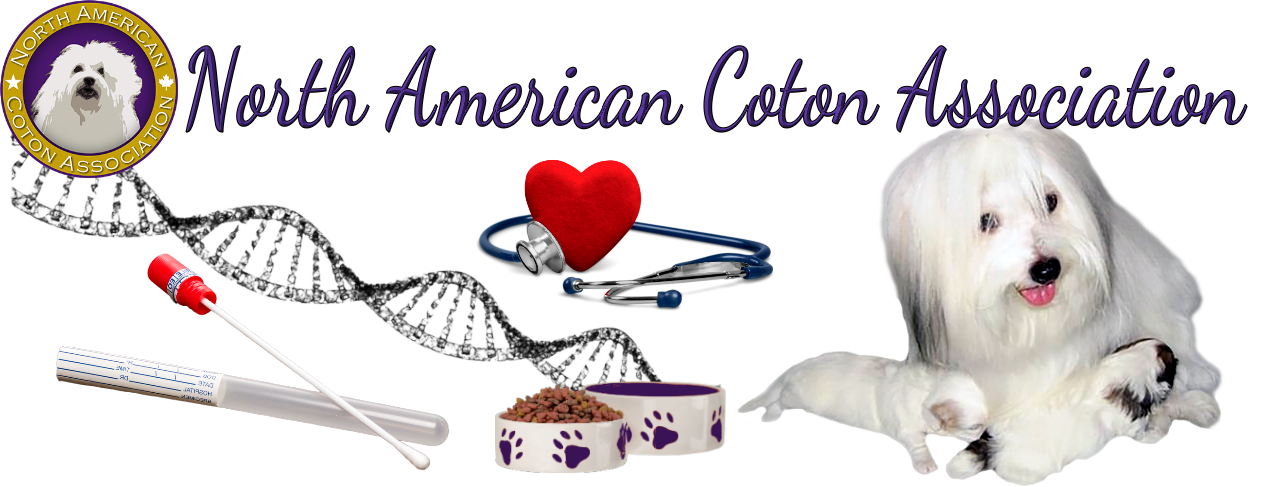Health Is Our Main Concern!
Health and medical information found on this site are not intended as a substitute for your veterinarian’s qualified advice.
NACA Code of Ethics (COE) Breeders are committed to raising healthy, happy, quality Cotons de Tulear. Members are constantly interacting and working with each other, as we strive to learn more to preserve and improve the breed. The Club highly recommends that before breeding, each breeder perform veterinary health testing on their dog. Our minimal recommendations are patella, cardiac, and eye examinations. There are also a few breed-specific genetic tests appropriate for the Coton de Tulear breed. If you find that you have a health problem with your Coton that needs researching, please contact our Health Committee. We are here to help our Members and will assist you in any way we can.
The North American Coton Association originally became involved with Embark via their Club Partnership Program. Our collaboration with Embark was designed to offer NACA Coton de Tulear Breeders the tools to make informed breeding and health decisions; thus, empowering their stewardship of the breed. Embark is a research partner of Cornell University College of Veterinary Medicine.
The Canine Health Information Center provides
a recommended protocol of important and
optional health tests for adult Cotons
prior to breeding at CHIC.
The Orthopedic Foundation for Animals maintains a website with public health test records. Prospective Coton puppy owners may be able to view parents’ OFA recorded health tests at : OFA. The most current OFA health test statistics for the Coton de Tulear breed may be accessed on their Stats Page.
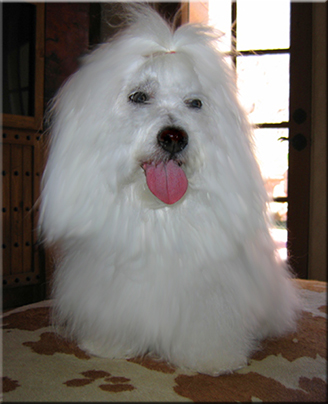
Cardiac
Cardiac problems in our canine friends is always alarming. Some heart issues are serious and others may be outgrown,such as certain types of heart murmurs. Just llike humans, elderly dogs may develop cardiac conditions as part of the aging process which may be controlled with heart medications. Early diagnosis and treatment by a veterinary cardiologist may prolong the quality of life of a geriatric Coton de Tulear.
To better understand canine heart examinations, a link to the Orthopedic Foundation for Animals cardiac webpage is below.
Elbow Dysplasia
Elbow dysplasia is a testing that goes with the hip dysplasia testing.
Elbow dysplasia is an inherited polgenic disease that causes pain and crippling in the dog. We do not seem to have a big problem with this in our breed, but the following url’s will give you information relating to this disease.
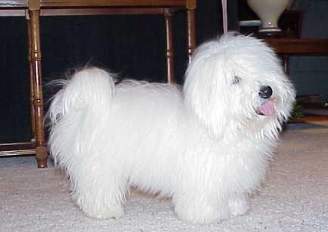
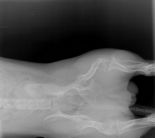
Hip Dysplasia
Hip Dysplasia is a genetic disease that hurts and cripples our canine friends.
Canine Hip Dysplasia, a disease that occurs when a specific combination of genes exists and results in hip osteoarthritis and disability. Typically develops because of an abnormally developed hip joint, but can also be caused by cartilage damage from a traumatic fracture. With cartilage damage or a hip joint that isn’t formed properly, over time the existing cartilage will lose its thickness and elasticity. This breakdown of the cartilage will eventually result in pain with any joint movement.
Read more at OFA-The Canine Health Information Center
Invertebral Disc Disease
IVDD is a condition where the cushioning discs between the vertebrae of the spinal column either bulge or burst (herniate) into the spinal cord space. These discs then press on the nerves running through the spinal cord causing pain, nerve damage, and even paralysis.
While our breed is relatively healthy compared to more long-established dog breeds it is imperative that responsible breeders continue to use every avenue for helping to ensure healthy litters through health testing. DNA markers are a definitive way to accomplish this and many diseases are now kept at bay because of available markers. Tragically, too many Coton breeders and owners have had to deal with the heartbreak of herniated disc in their beloved Cotons, with an expensive surgery as a possible fix but with no guarantee for a healthy outcome. Due to the high cost of diagnostic testing, surgery and recovery, dogs are sometimes put down.
Intervertebral disc disease (IVDD) is a condition where the cushioning discs between the vertebrae of the spinal column either bulge or burst (herniate) into the spinal cord space. These discs then press on the nerves running through the spinal cord causing pain, nerve damage, and even paralysis.
In keeping with our Club Objective “To support health studies related to the Coton de Tulear,” in January 2016 the NACA Board of Directors approved a motion to contribute to UC Davis School of Veterinary Medicine to initiate this study and approved a motion to reimburse vet and shipping costs to ten owners sending blood samples from their dogs. We will keep the Coton community updated on any progress or news from this study.
Patellar Luxation
Patellar luxation is probably the most prominent health problem in the Coton breed. This means that the knee cap is luxating , or coming out of the socket. There are different degrees of luxation.
Read more at OFA-The Canine Health Information Center
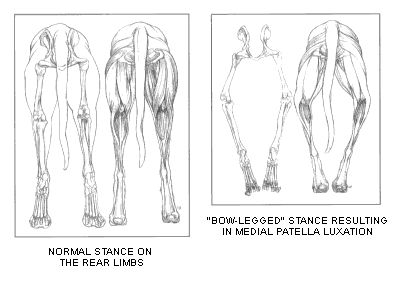
Vaccinations
The following is the canine vaccination protocol recommended by Dr. W. Jean Dodds, DVM, HemoPet.org
Many of us believe in this protocol, but your own veterinarian may be your source of information.
|
DR. W. JEAN DODDS, DVM ~ CANINE VACCINE USE PROTOCOL
|
|
|
9-10 weeks
|
Distemper virus + Parvovirus, MLV
|
|
14-15 weeks
|
Distemper virus + Parvovirus, MLV
|
| 18 weeks |
Parvovirus only, MLV |
|
20 weeks or older, if allowable by law
|
Rabies, 3-4 weeks apart from other vaccines
|
|
1 year
|
Distemper virus +Parvovirus, MLV
|
| 1 year after first Rabies vaccination | Rabies, killed 3-year product(3-4 weeks apart from any other vaccine) |
Perform vaccine antibody titers for Distemper and Parvovirus every 3 years or more often, if desired. Written waiver of rabies booster, with justification by client veterinarian, and rabies antibody titer may be granted. See www.rabieschallengefund.org.
· To determine that animal is protected (suggested by a positive test result)
· To identify a susceptible animal (suggested by a negative test result)
· To determine whether an individual animal has responded to a vaccine
· To determine whether an individual vaccine is effectively immunizing animals
________________________________________________________________
* from: Schultz, Ford, Olsen, Scott. Vet Med, 97: 1-13, 2002 (insert)
AVAILABLE VACCINE TITERS FOR DOGS
· Distemper Virus
· Parvovirus
· Adenovirus 2 (hepatitis)
· Bordetella
· Panleukopenia
· Corona Virus [not recommended]
· Rabies Virus (RFFIT: non export)
VACCINE CONCLUSIONS FOR CANINES *
Factors that increase risk of adverse events 3 days after vaccination:
· young adult age
· small-breed size
· neutering
· multiple vaccines given per visit
These risks should be communicated to clients
_______________________________________________________
* from Moore et al, JAVMA 227:1102–1108, 2005
